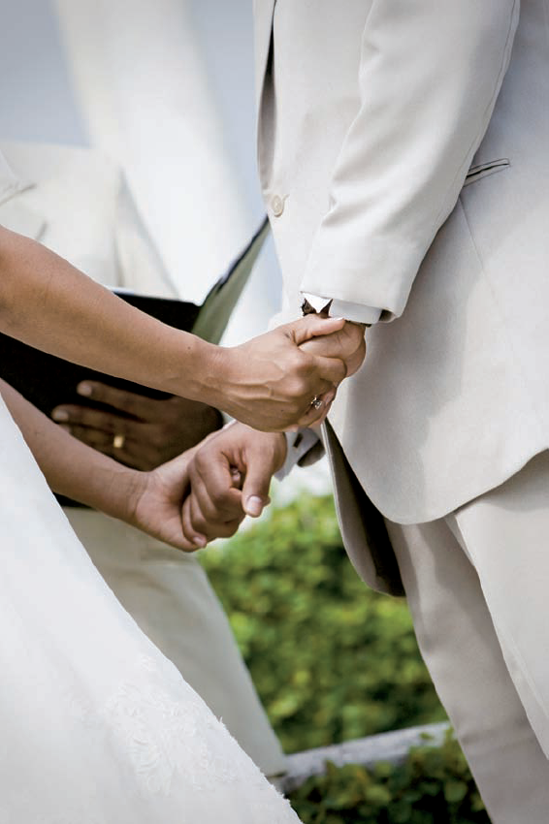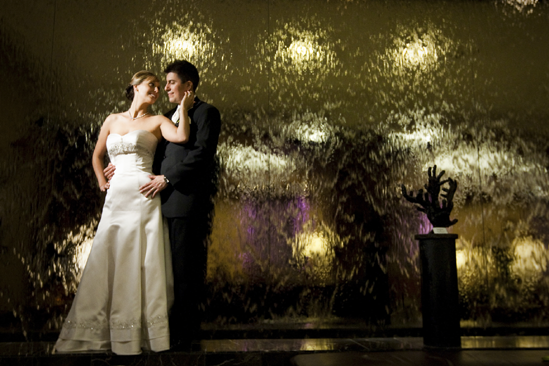
A camera, lens, and flash are the basic tools of the trade for a photographer. Just like a painter has a set of brushes and sculptor a set of chisels, a photographer needs to have the basic equipment to capture the scene. When I think of history's great artists, the one thing they all had in common was they knew how to use the tools of their trade.
There are types of photography where using the best gear is not necessary; wedding photography is not one of them. I use the top-of-the-line Canon cameras, lenses and flashes. Many professional photographers use comparable equipment from Nikon. Regardless of the manufacturer you prefer, I recommend investing in the best camera body and lenses you can afford—ideally, the top-of-the-line.
It is important to use the best camera body and the best lenses available for a variety of reasons. Let's start with the least obvious. When you pick up a great top-of-the-line professional camera and lens, you just feel better about everything. It's like when you put on a great suit or great pair of shoes. It gives you a feeling of confidence, makes you look more professional and gives you more credibility.
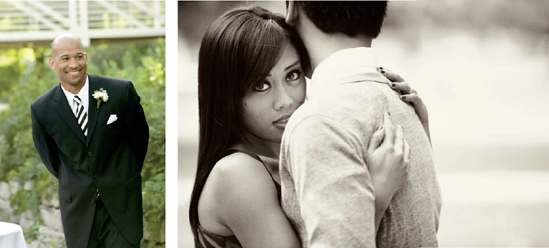
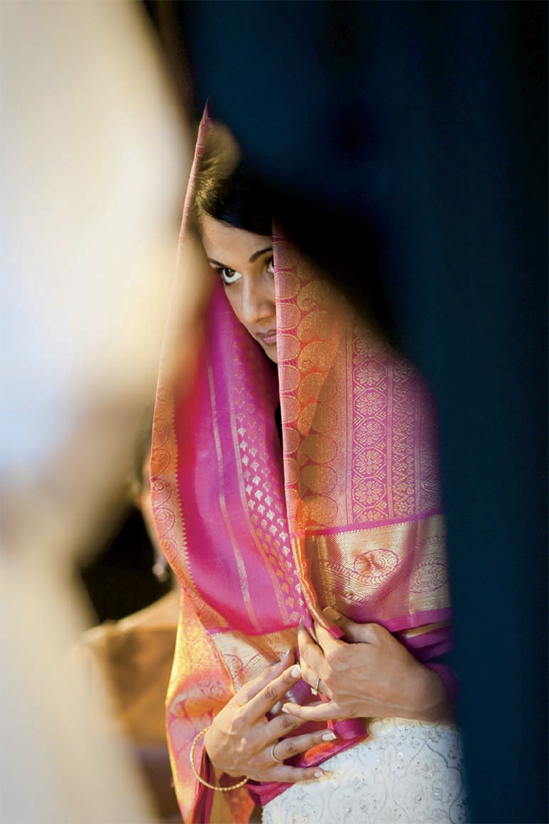
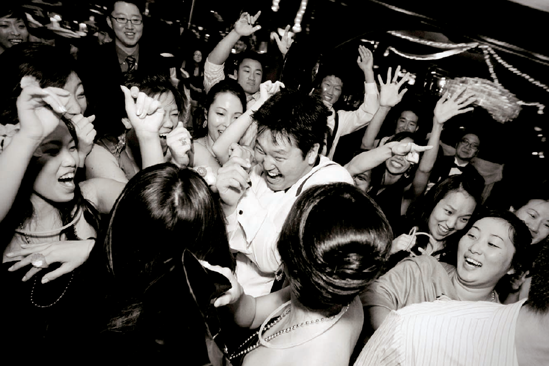
Using the best also means your gear is built to withstand heavy use and, at times, abuse. Weddings can be fast-paced, requiring you to quickly change locations and move gear. Often, there are large numbers of guests to work around and equipment can easily get bumped. Since high-end camera gear is designed for professionals, the manufacturers strive to produce durable tools that can withstand the rigors of the job.
Top-of-the-line equipment will also result in higher quality images. Camera manufacturers know their best advertising comes from people seeing what images the professionals produce using their equipment. The newest top-of-the-line cameras usually have more features, better controls and improved image processing. For example, the new direction is for camera manufacturers to increase the ability to shoot great photos in low light, which really helps wedding photographers who regularly deal with low light situations.
In essence, there is also a lot of truth to the saying "you get what you pay for." This certainly holds true when it comes to camera equipment.
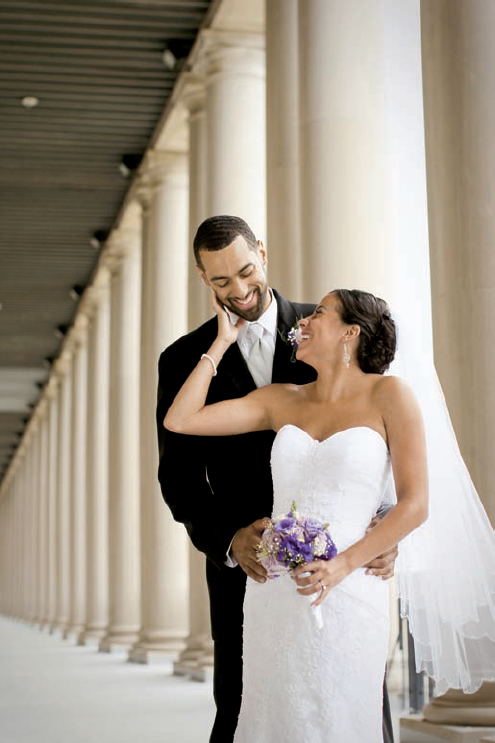
Canon Mark 1D IV or the Nikon D3s
Canon 5D Mark II with BG-E4 battery grips
or the Nikon D700 with MB-D10 battery grips
One of the main features to look for when selecting a camera is reliability. At weddings, there are no second chances, so it is important to make sure you have good working gear. I doubt the bride and groom would be very happy if you asked them to stop and "re-do" their first kiss as husband and wife because your equipment malfunctioned and you missed the moment.

Having good working gear is a must. That said, even knowing my main camera should never fail doesn't mean I rely solely on it. I keep a second camera body in my camera bag and a backup third camera body in my car or somewhere close. That way I am covered if something goes wrong, twice over.
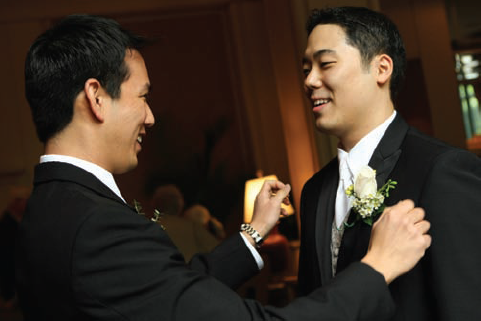

A good lens will last a lifetime, and it really pays to get the best "glass" possible. I use the L series lenses from Canon. The L stands for luxury, and these lenses are truly built with the professional in mind. Even though they cost more than other lenses, they let me create the best images possible.

Nikon has the same lenses, but they do not have an easy way of identifying them.
When it comes to Nikon, look for the following:
AF-S means the lens has a silent wave autofocus motor built-in
DX means the lens is designed for a cropped sensor only
IF means the lens has internal focusing and doesn't change size
ED is the good glass
VR is vibration reduction technology
With Nikon lenses, the best bet is to look for lenses that fit your focal length needs and have the widest aperture possible. The easiest way to find these are by price, they are much more expensive than the other lenses. Again, whether you choose Canon, Nikon or another manufacturer, when it comes to SLR cameras, having the best lens is the best investment you can make.
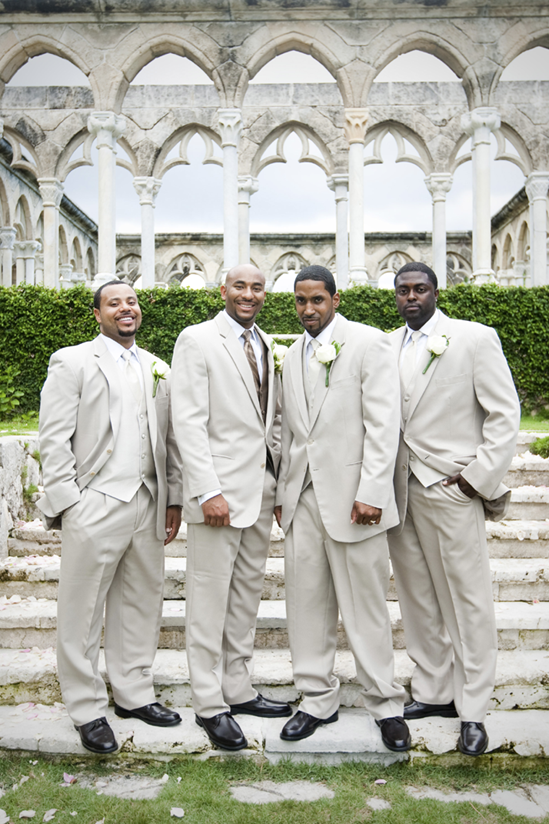
My favorite and main work lens is the Canon 24-70mm f/2.8 L USM lens. This lens from Canon is the best zoom lens in these focal lengths and is the lens I use for the majority of my work. It lets me get the shots I want and with the f/2.8 maximum aperture, I am able to not only shoot in low light, but I also have complete control over the depth of field which allows me to decide what is in focus and what is blurred. The focal lengths covered give me great flexibility. The 24mm end allows me to go a little wide, while the middle or "normal" focal length allows me to shoot so the images give you a feeling of being in the scene. The longer focal lengths let me get in closer, all without changing lenses.
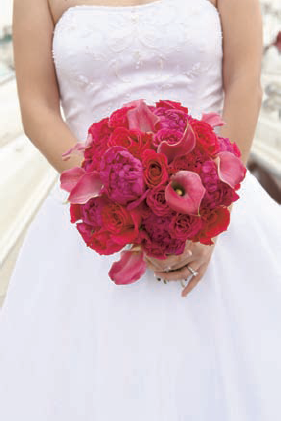

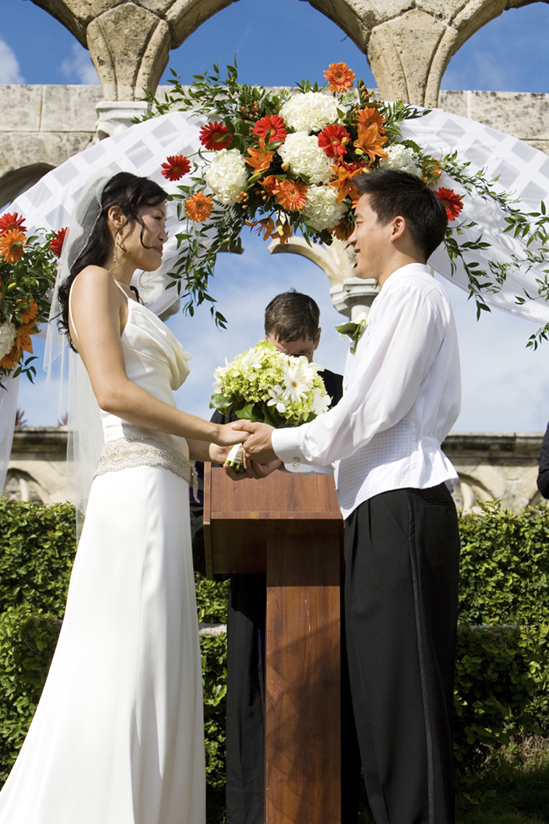

My second most used lens is the Canon L 70-200mm IS f/2.8 lens. Since this lens also has a maximum aperture of f/2.8, I use it in low light for more creative control by having a wide depth of field range. This is perfect for getting in close while staying out of the way.
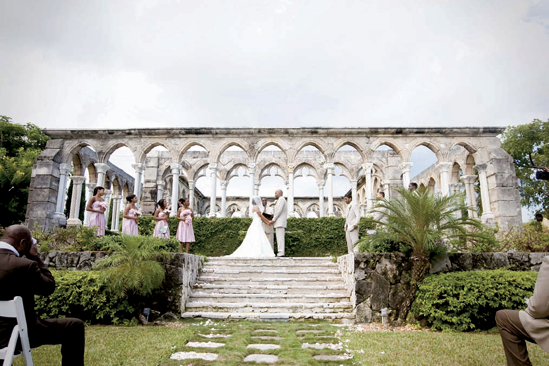
The only other zoom lens I use is the Canon L16-35mm f/2.8, which allows me to get very close to my subjects. It is also useful for getting those overall wide landscape shots.
With those three lenses, I can cover a huge range of focal lengths, from 16mm all the way out to 200mm. All the other lenses I carry, which are described on the next few pages, are prime lenses and serve very specific purposes.
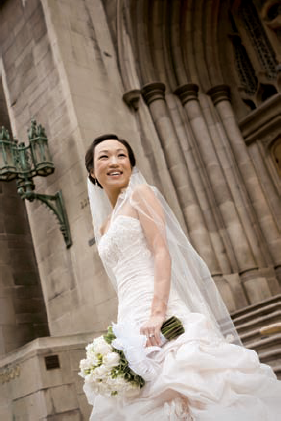
I love the versatility of this lens, but more importantly this lens is sharp and has great bokeh. The maximum f/1.4 aperture allows me to use this lens in really low light as well.
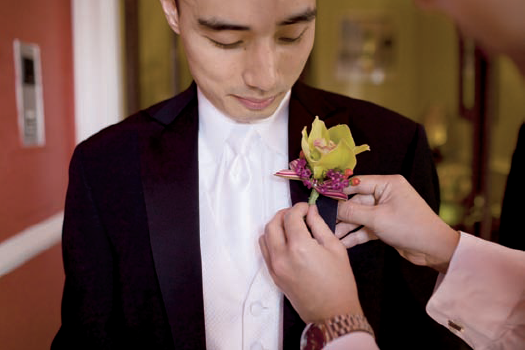
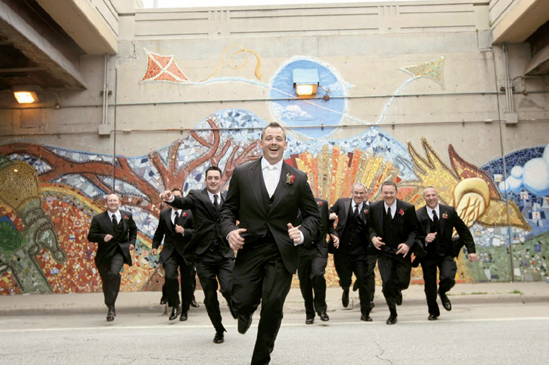
This is the best lens I have ever used; the quality of the image that comes out of this lens is matchless. It has an extremely wide maximum aperture, which allows me to use it in really low light situations.
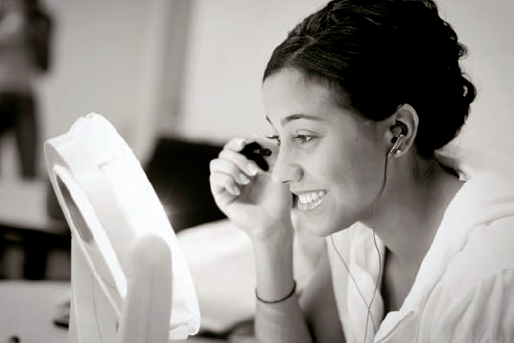
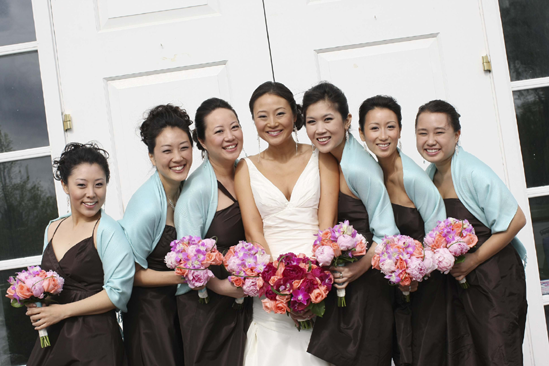
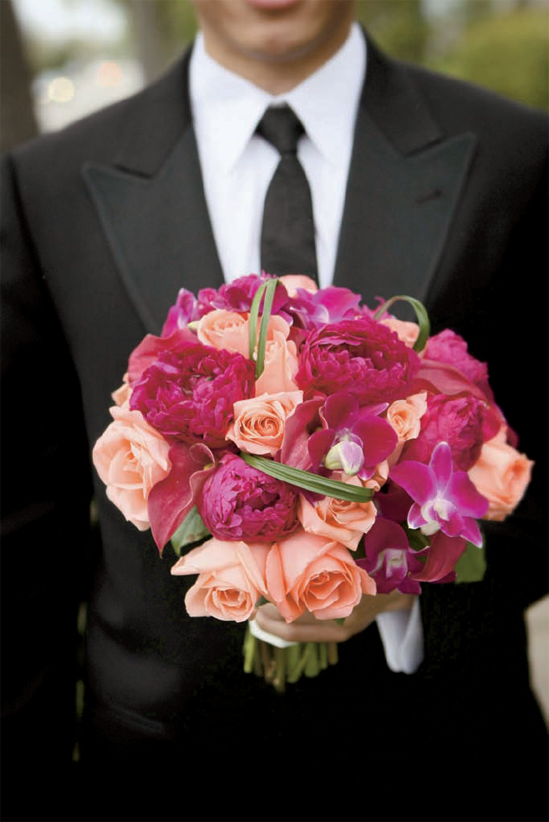
The 85mm lens has long been considered the best focal length for portraits, and I agree. I often use this lens for the bride and groom portraits on the wedding day. It is also a great low light lens.

This is a very special lens that I only use in rare circumstances when the wedding location is really huge. This lens lets me get in close from a far distance and with the f/2.8, it is good in low light situations. On the down side, it is a really big lens and can be a distraction.
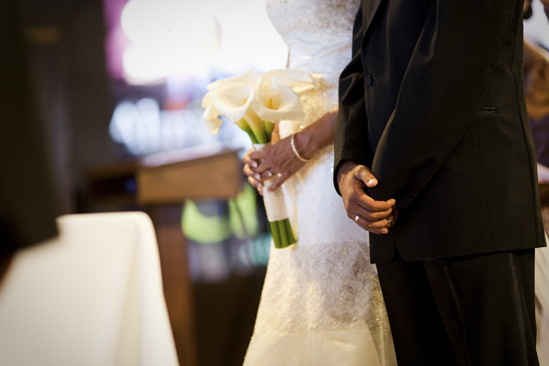
I use this lens for portraits as well, but also as a lens that allows me to get close in low light situations. The 1 stop difference between f/2.8 and f/2 is huge in terms of exposure and what you can and can't do.
Specialty lenses
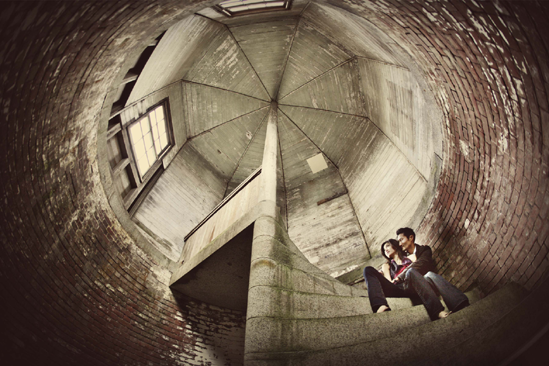
I don't use this much for weddings, but if used correctly it can really make some stunning images. On the flip side, when used incorrectly, the images tend to be too distorted. The reception is a great time to use this lens when guests are dancing – as it tends to capture and accentuate the motion more.
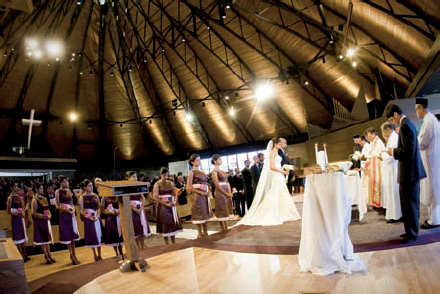
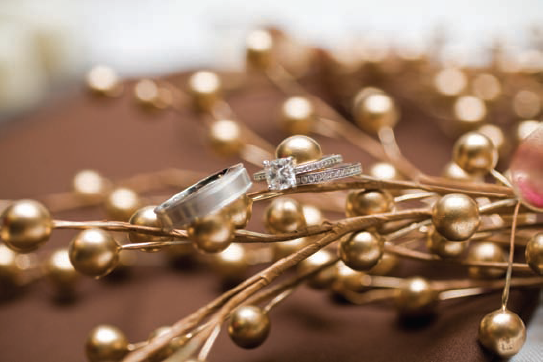
Light is the most important part of photography and while I love to shoot using natural light, there are times when I need to add a little to the scene. That's when the Canon 580EX Speedlites come into play. I carry three of the Canon Speedlites with me, along with the Canon CP-E3 battery packs. The extra power from these battery packs improves the recycle times and increases the number of images I can take before the batteries need to be replaced.
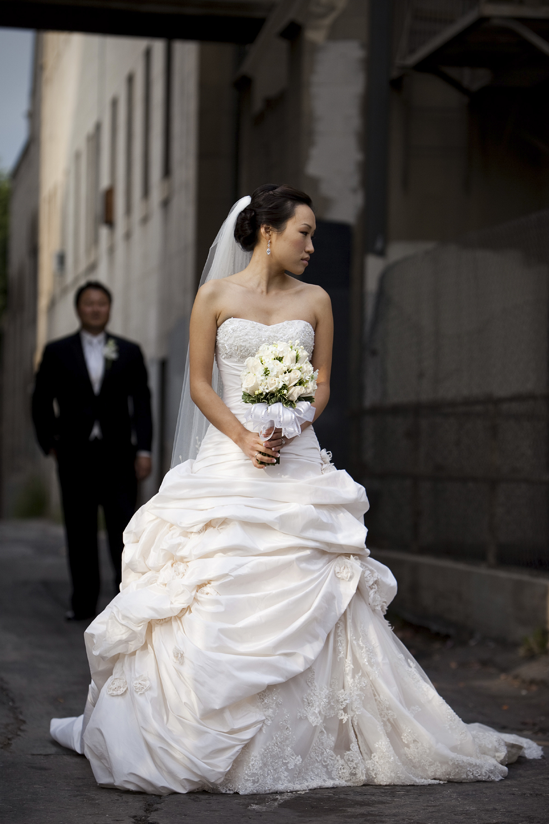
The 580EX Speedlites can be used on the camera or they can be used as slave lights on their own light stands and triggered by a master flash located on the camera. This allows me to add the light where it is needed and control how much light is added to the scene.
I use three Speedlites, two for extra fill and one on the camera for a little extra light. The flash on the camera also triggers the two external lights. The problem with Speedlites is what makes them so great for wedding work is also their biggest drawback. Because they are small and portable, they can be moved and used just about anywhere, but this also means they put up a very small hard light. There are a ton of extras that can be used to help turn the hard light from a small flash into a bigger, softer, more pleasing light. I use light modifiers made by Gary Fong, including the Lightsphere, the Origami and the WhaleTail to create a more pleasing light without adding much size or weight to the flash. The light modifiers can be used on the two supplementary flashes and on the main flash. Since all the flashes are the same, it is easy to switch the modifiers between the flashes as needed. To go one step further, I put on radio signal transmitting remote triggers on my flashes so they can be controlled wirelessly from my main camera. My good friend, Bob Davis has a great book about using these devices. It's called "Lights, Camera, Capture: Creative Lighting Techniques for Digital Photographers."
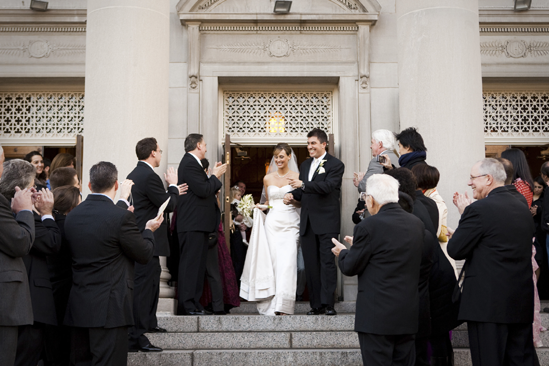
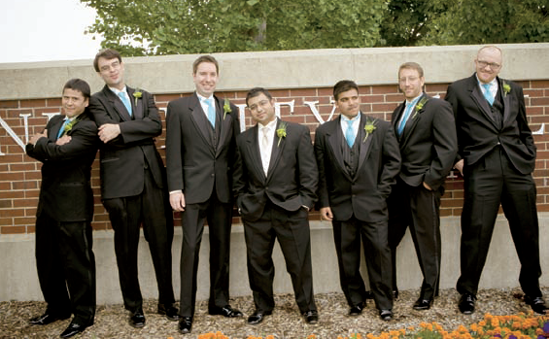
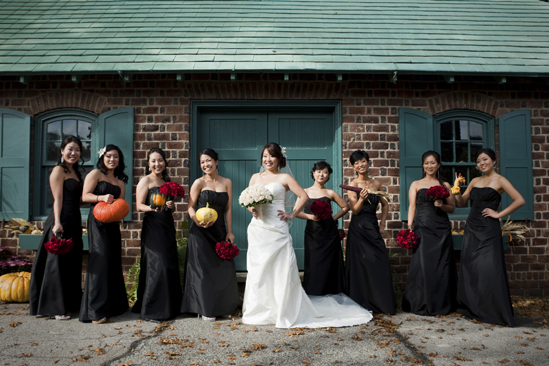
The most important thing about memory cards is to make sure you have enough of them to cover the whole wedding. I never want to take the time during the wedding to do any editing to make space on a memory card. With memory card capacities available from 4GB to 8GB to 16GB and now even 32GB, there is no reason not to have enough cards for every situation. Make sure all of them have been properly formatted and double, triple check that you have downloaded the images from your previous shoots before going to your next job.
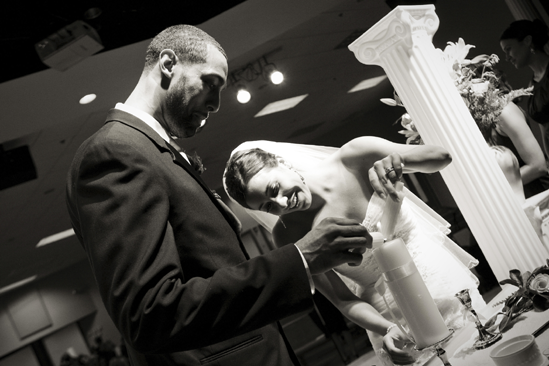
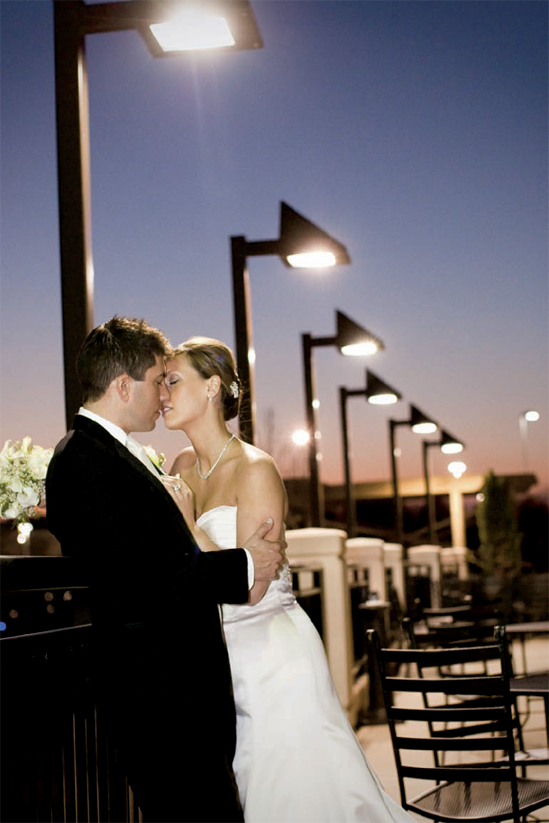
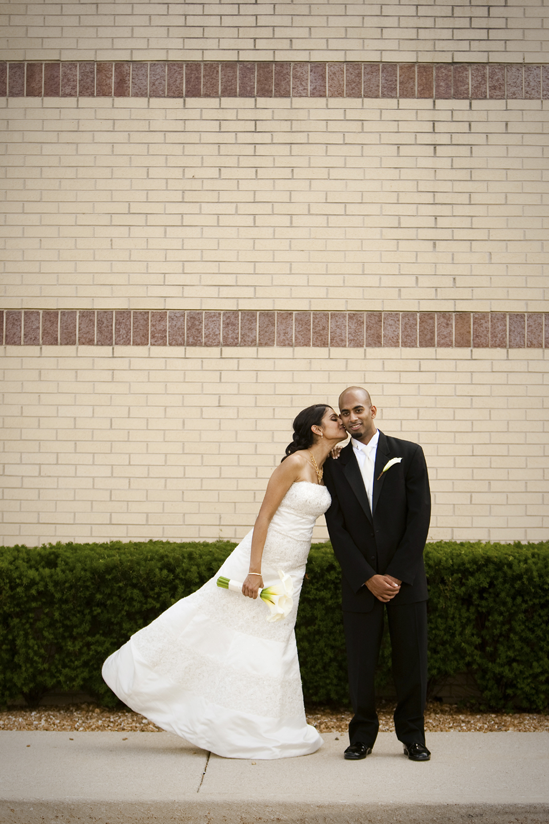
A good camera bag lets you keep all your gear close and accessible so you are not searching through the bag at the last minute when you need something important. I use both bags made by ThinkTank (www.thinktankphoto.com) and lens bags by Boda (www.goboda.com). These allow me to carry my gear safely and securely in all conditions.
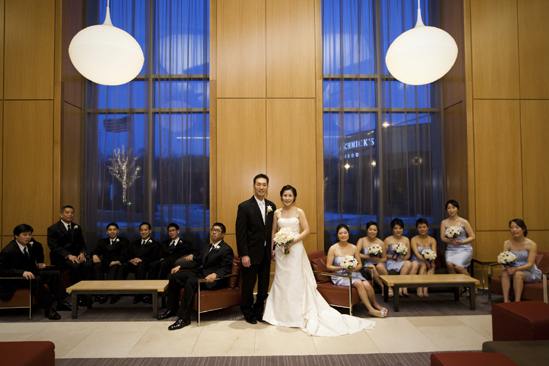
It's a good idea have backup clothes, in case of an emergency. I once ripped my pants during a shoot and had to stop by a local department store on the way to the ceremony.
Investing in high quality equipment will give you the reliable tools you need to make great pictures. With a variety of camera bodies, lenses and flashes you will be prepared to shoot in any location and can be as creative as you and your clients want. Remember to check and clean equipment before each shoot, and be sure to carry back-ups in case you need them.
